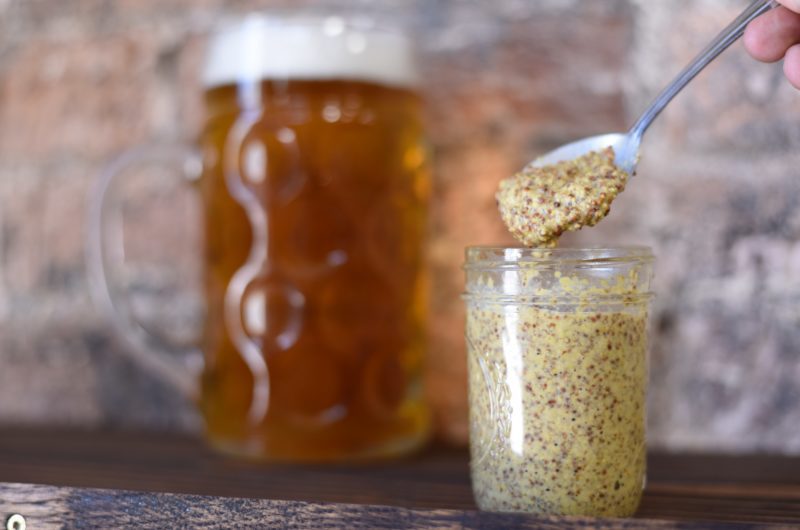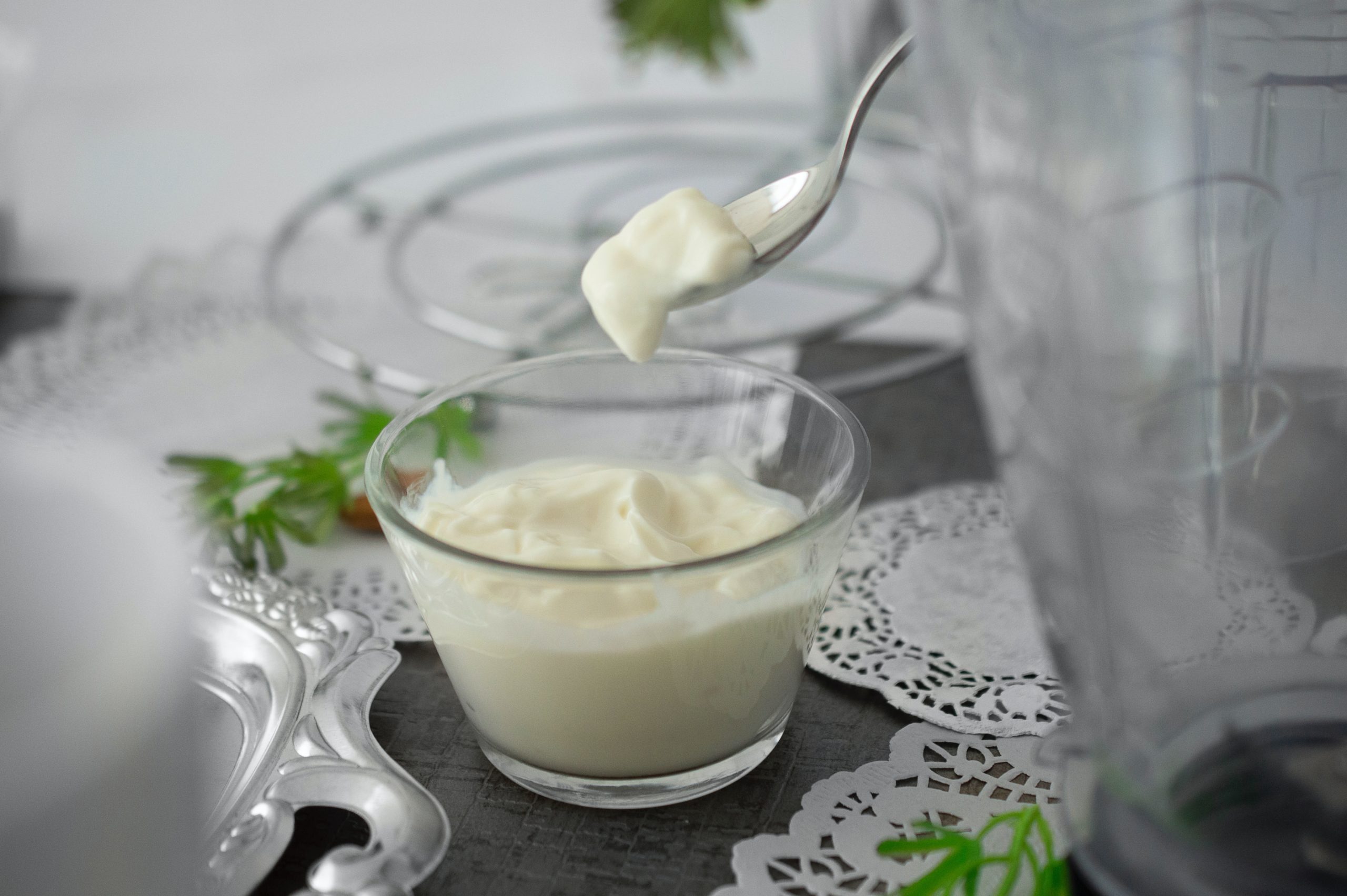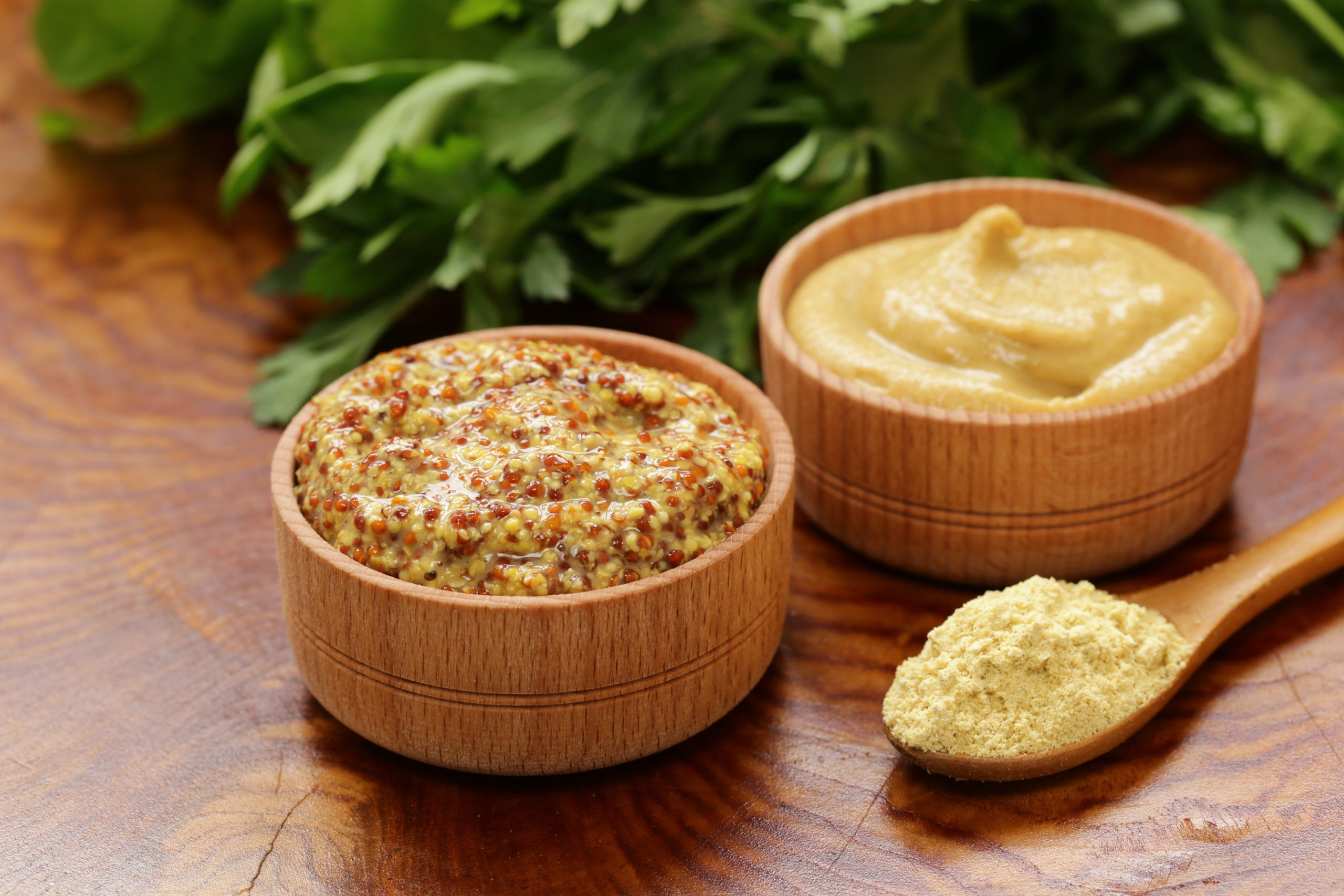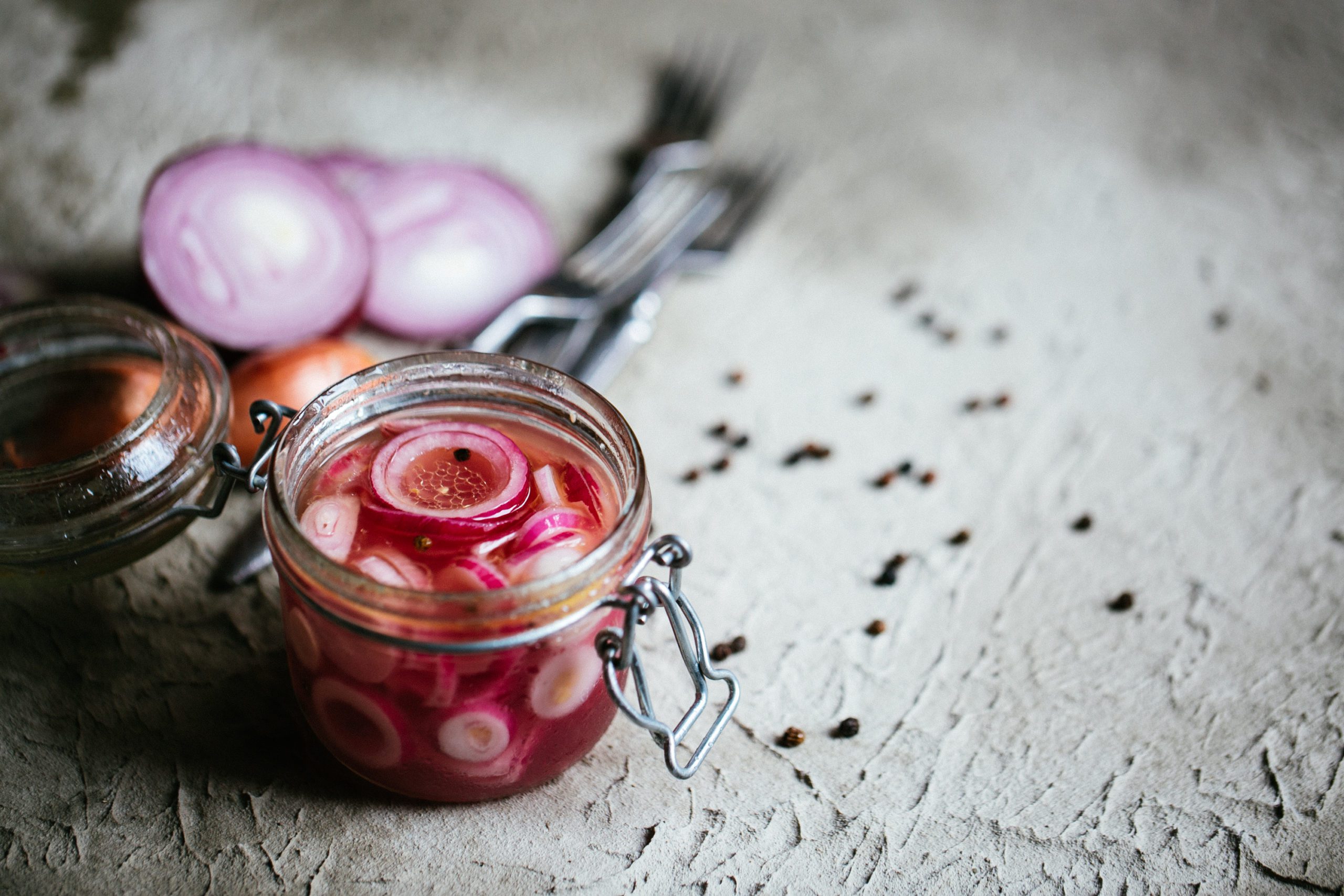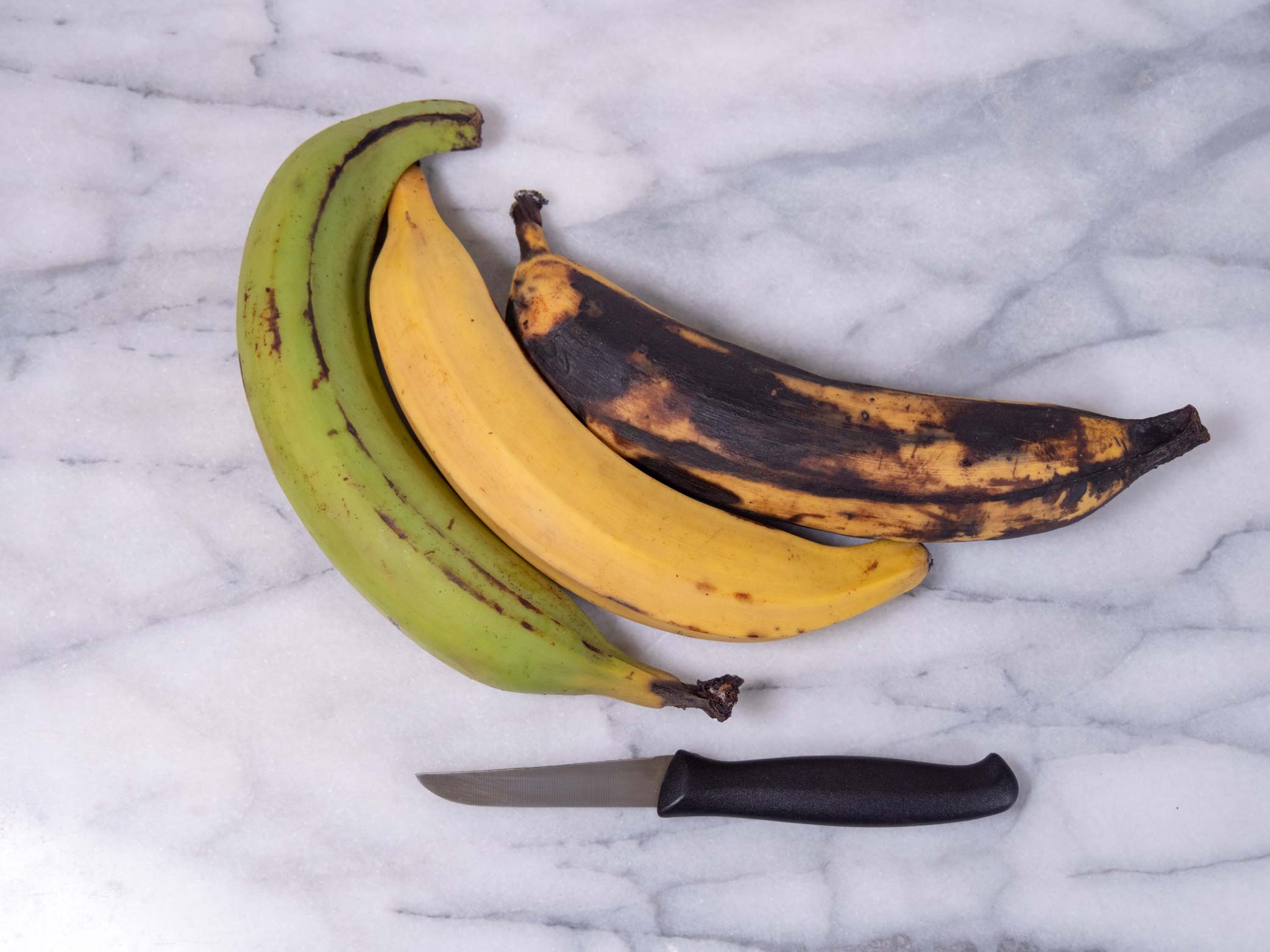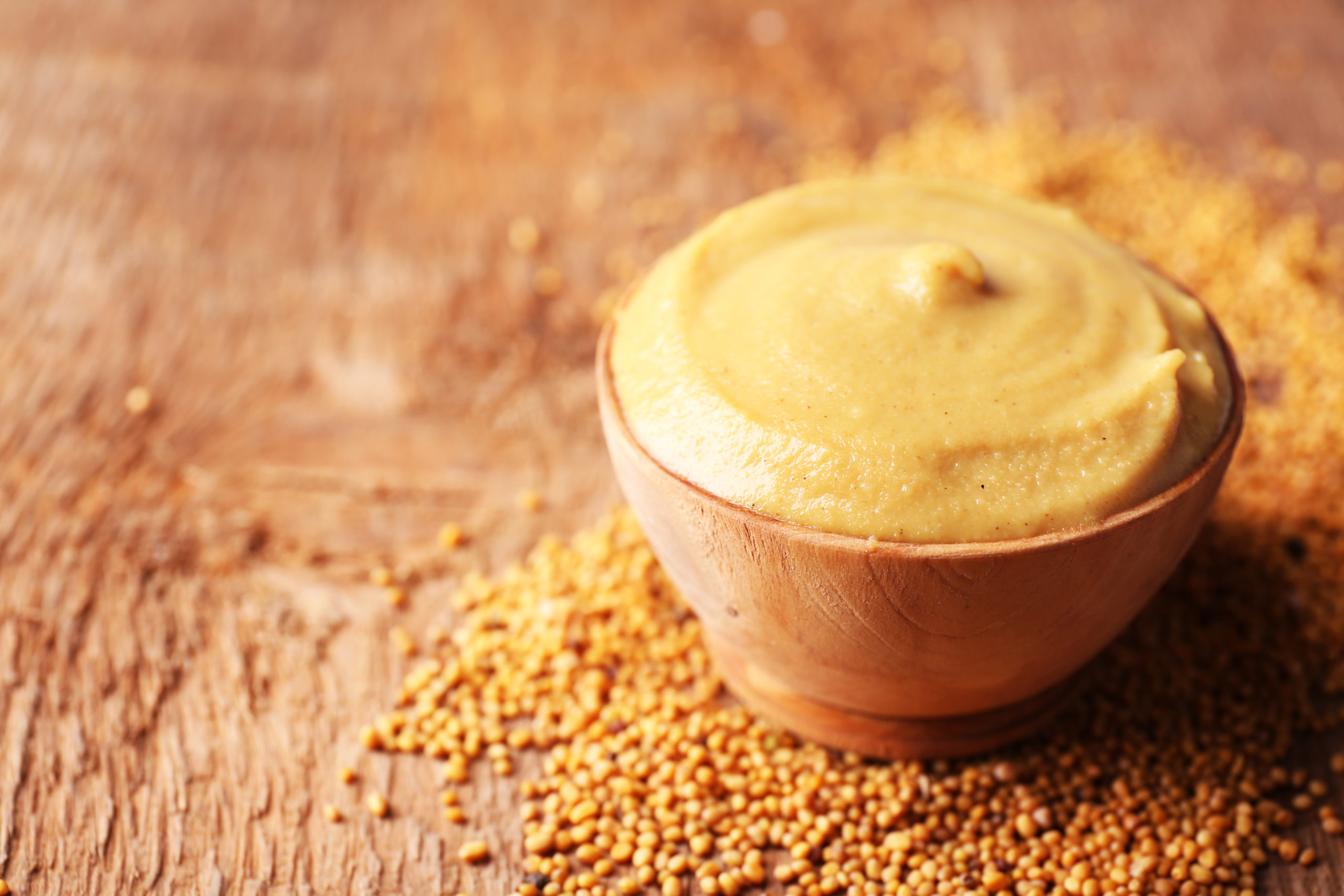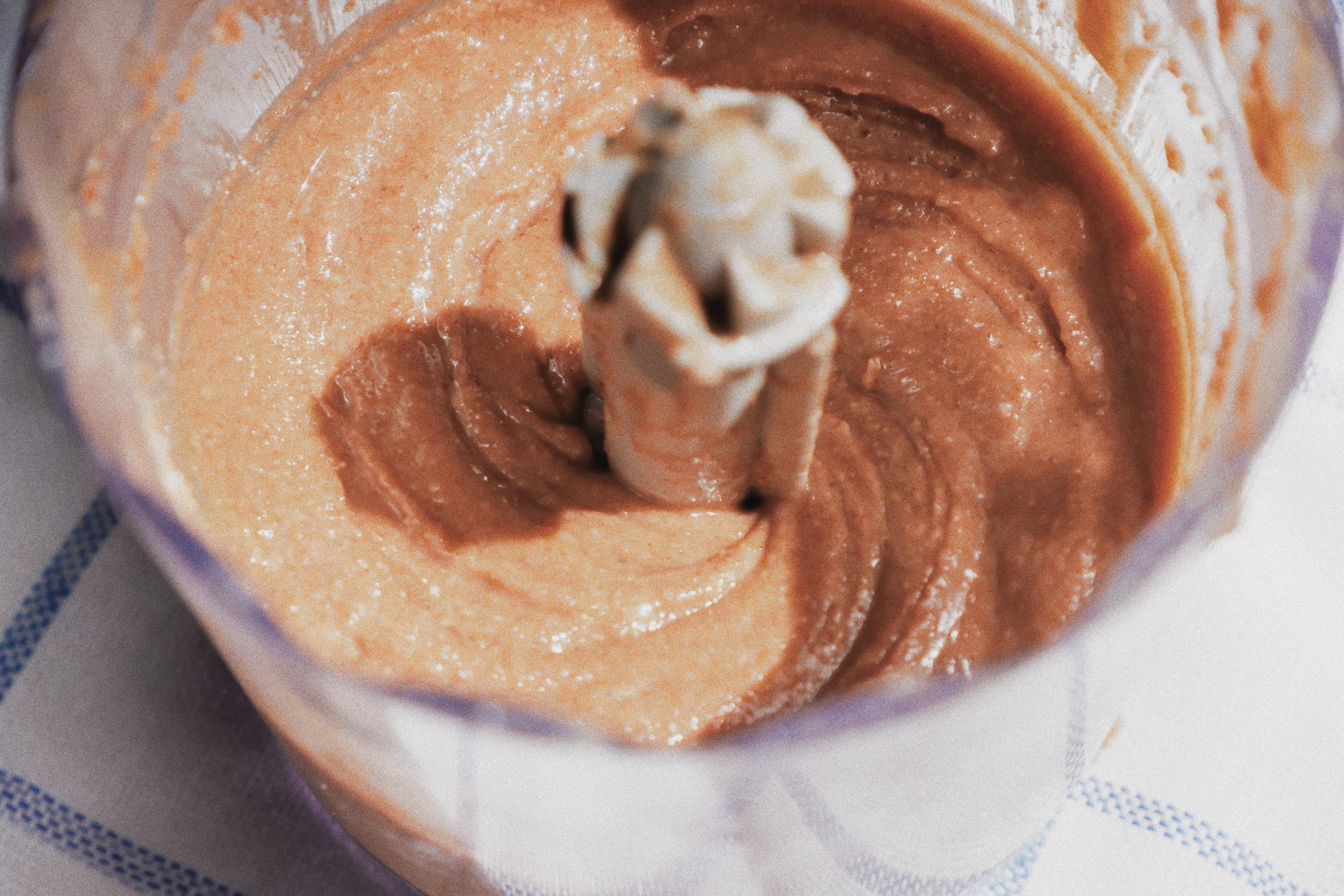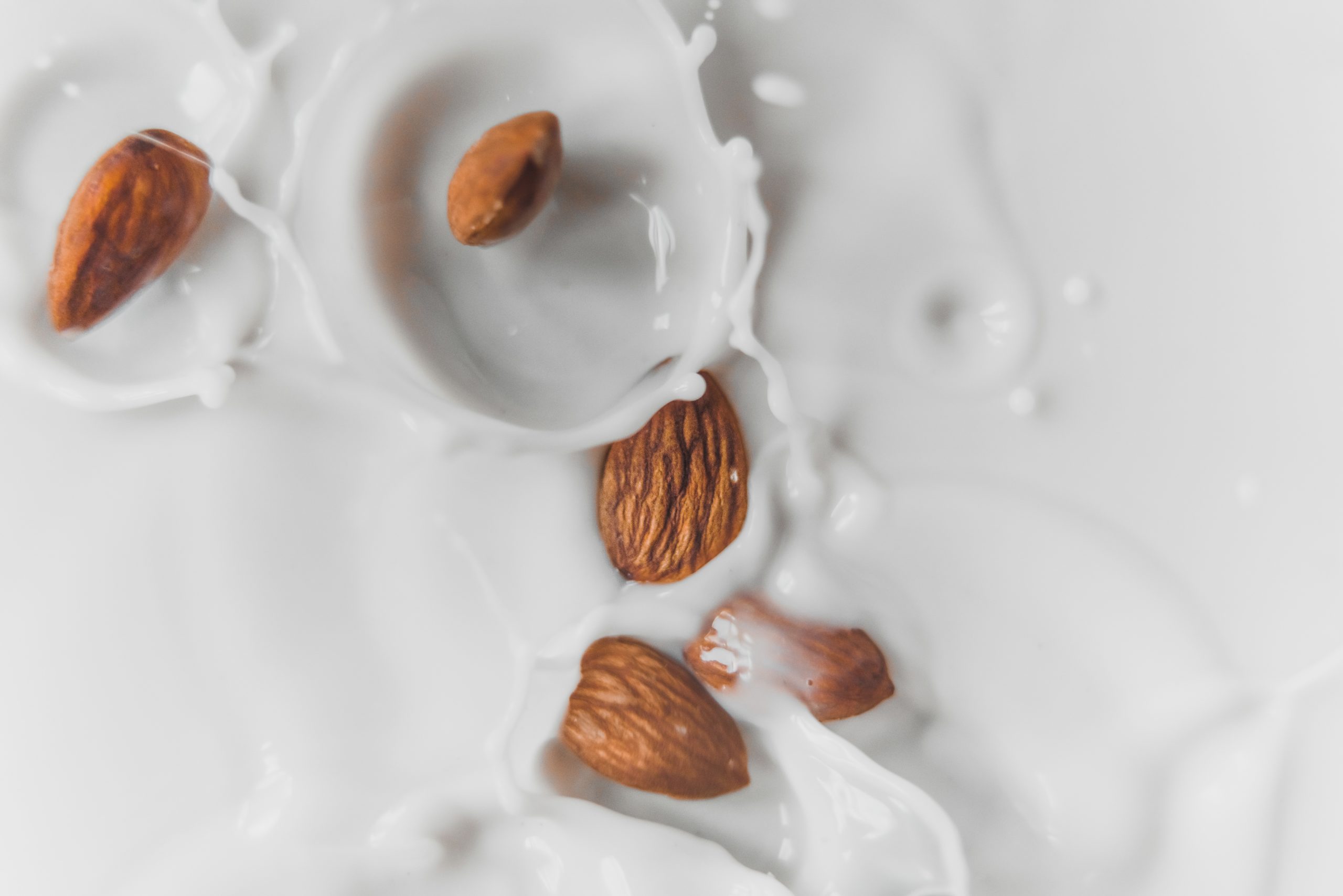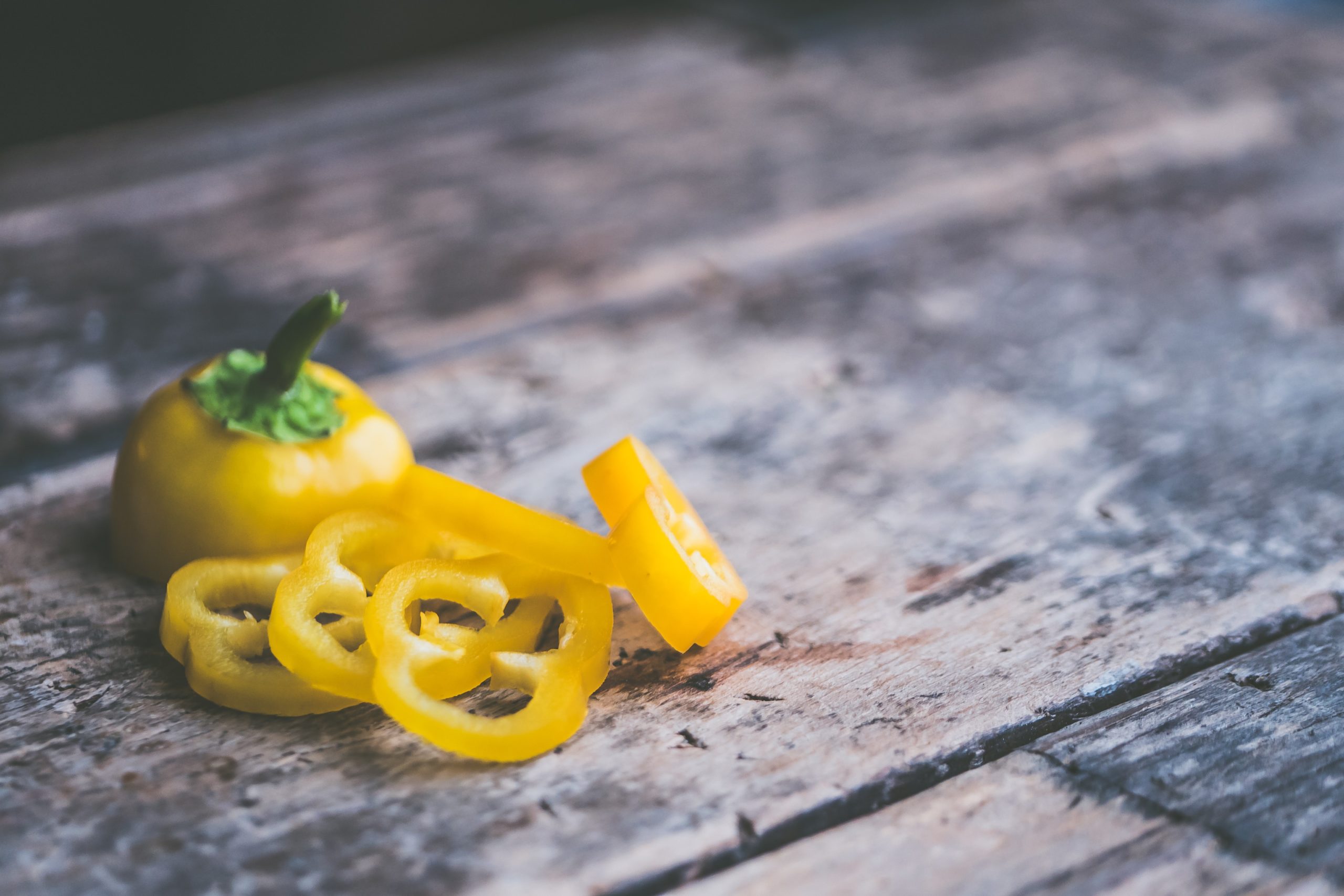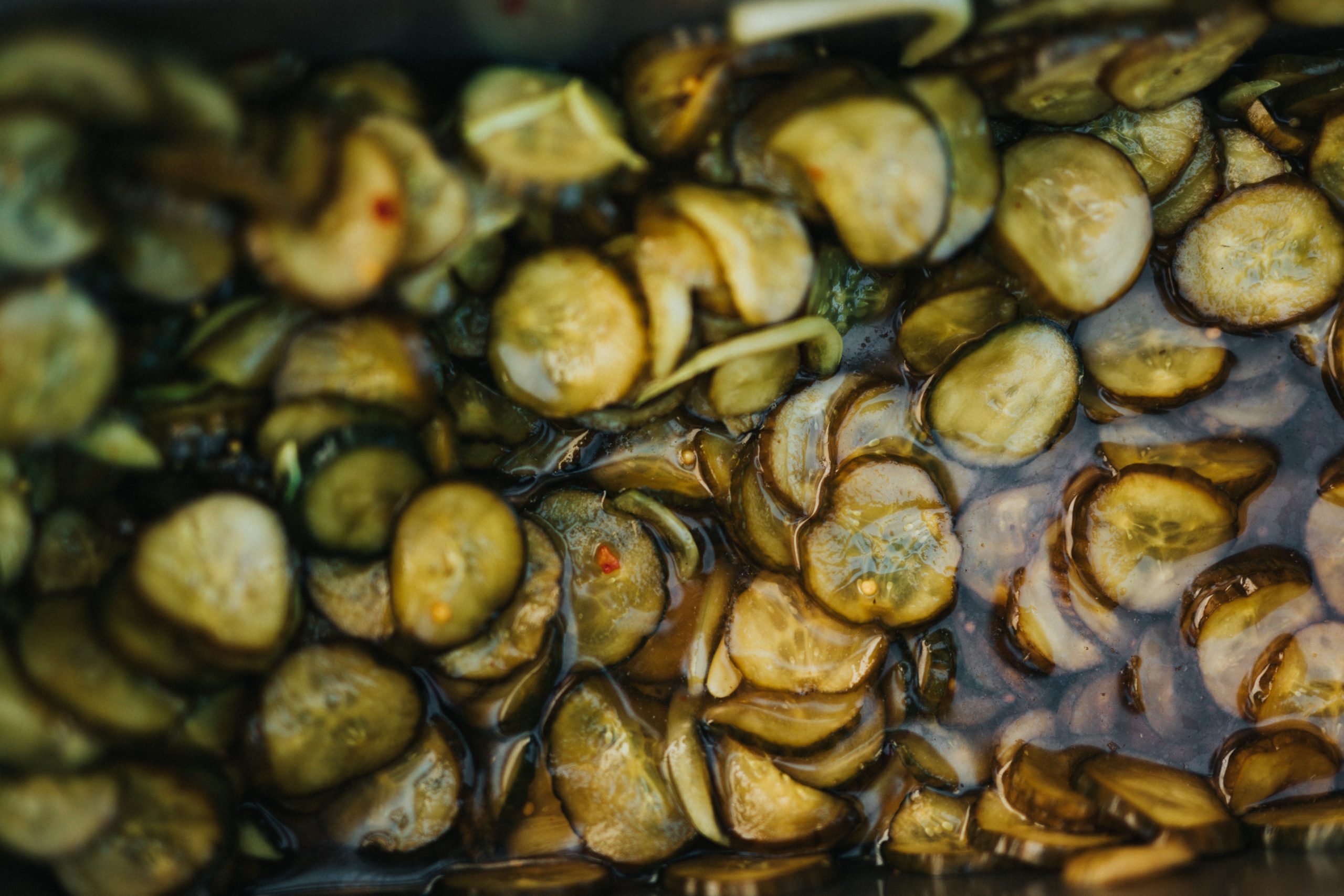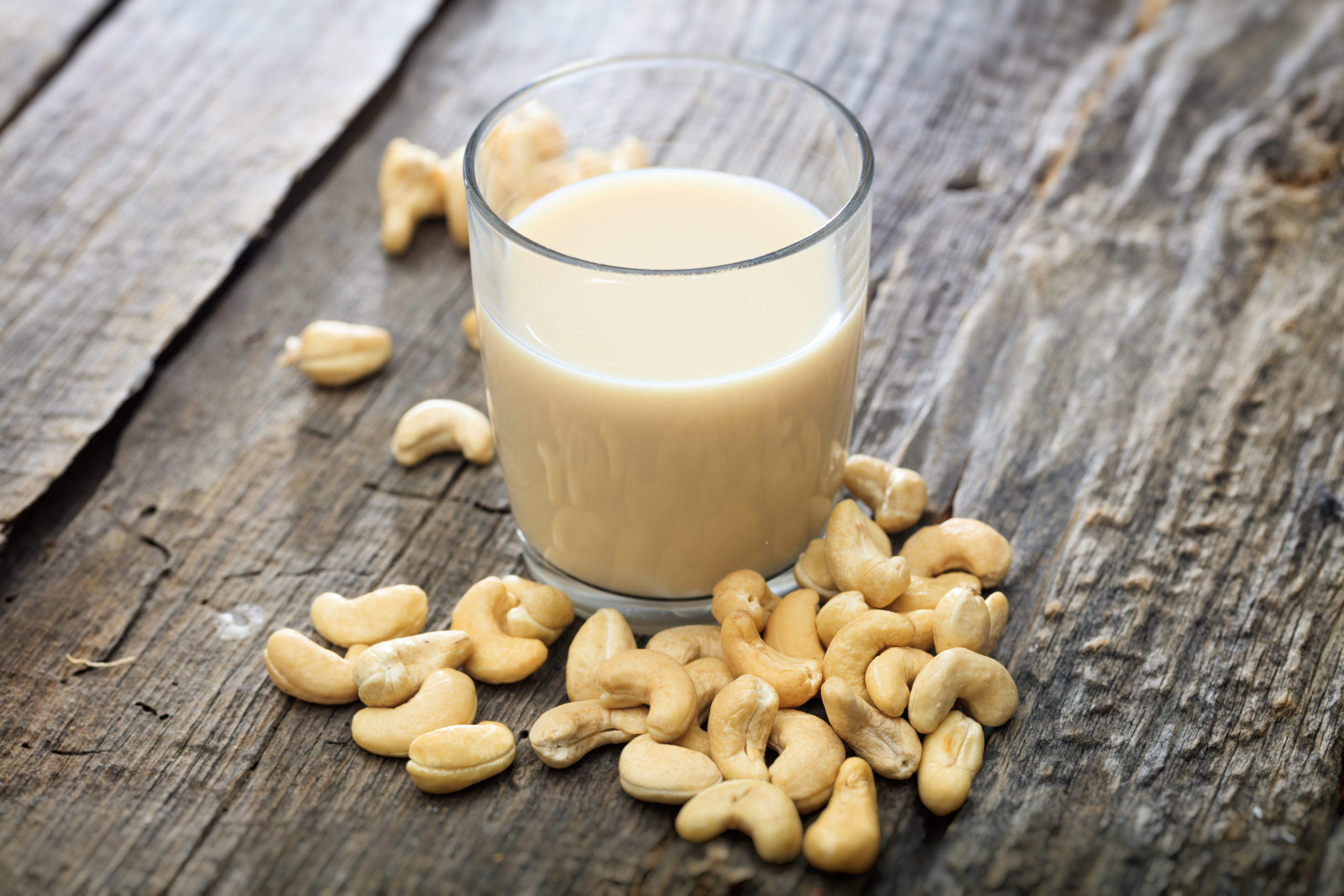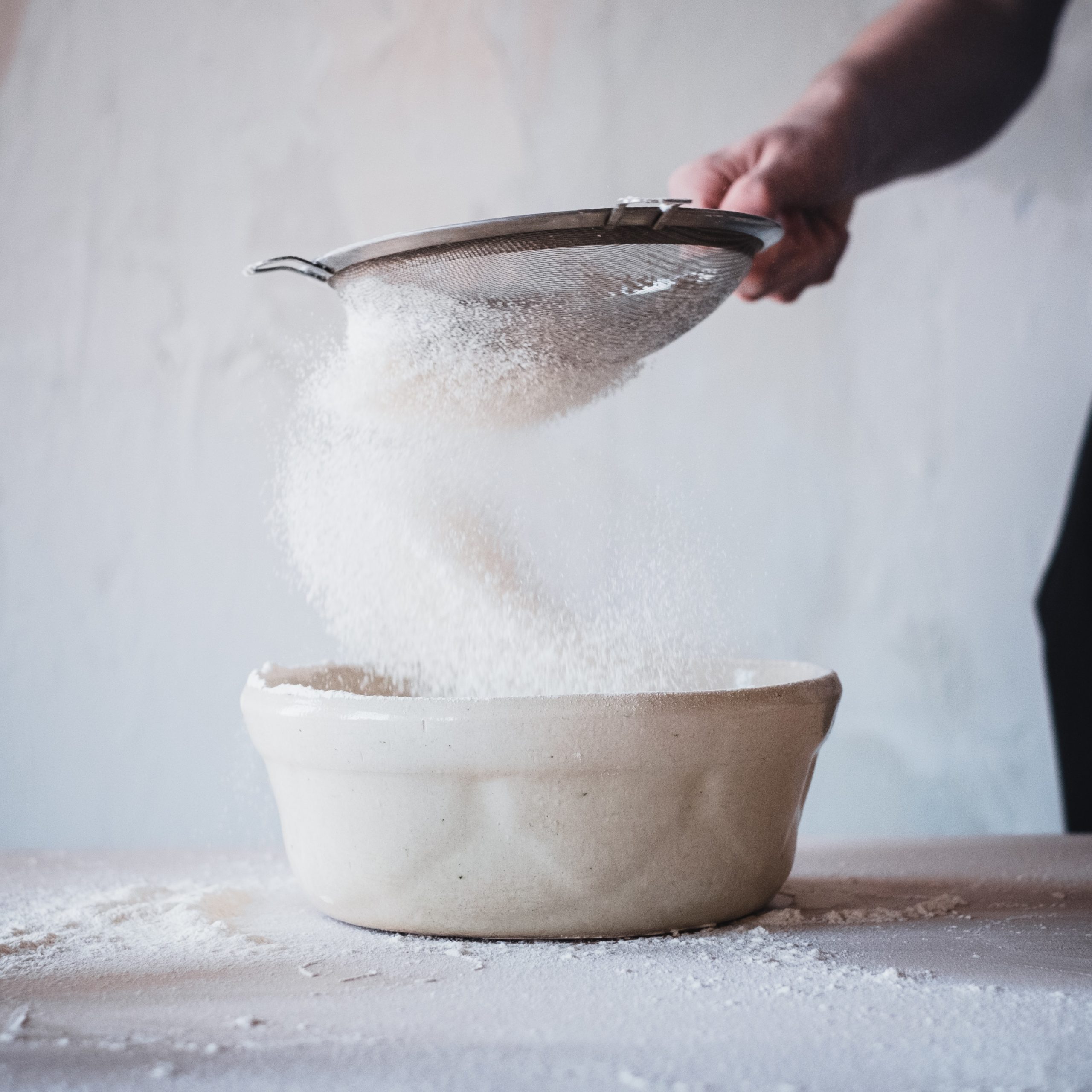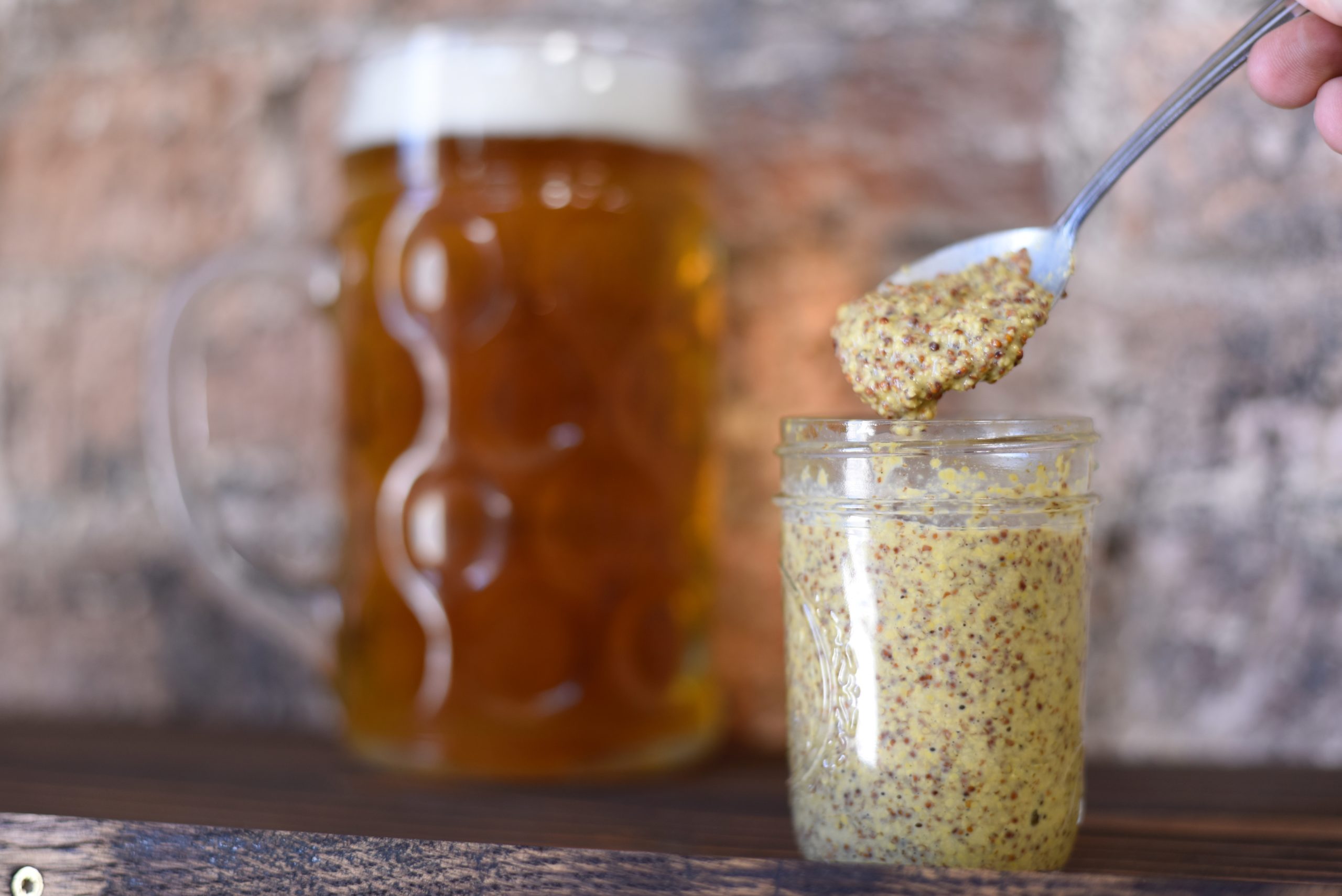Not only is homemade mustard a delicious condiment to add to a variety of dishes, but it also has numerous benefits that make it worth considering over store-bought options.
First and foremost, it’s quite easy. Almost as easy as making your own almond milk.
Additionally, homemade mustard allows you to control the ingredients and flavors in your mustard. Store-bought mustard often contains additives and preservatives that may not be desirable, such as artificial colors and flavors.
By making your own mustard, you can choose the type of mustard seeds, vinegar, and other ingredients that you want to use, ensuring that you are getting a high-quality product.
You can also customize the flavor of your mustard by adding spices and herbs, such as garlic, paprika, or horseradish, to suit your personal preferences.
Another benefit of homemade mustard is that it is typically more cost-effective than store-bought options.
Mustard seeds, vinegar, and other ingredients needed to make mustard are often readily available and inexpensive, making it a budget-friendly condiment to prepare at home. In addition, making your own mustard allows you to make larger batches, which can be stored in the refrigerator for up to 6 months, making it a convenient option for those who use mustard on a regular basis.
Homemade mustard also has a fresher, more robust flavor than store-bought options.
Mustard seeds contain oils that can dissipate over time, leading to a less flavorful product. By making your own mustard, you can ensure that the seeds are fresh and full of flavor, resulting in a more delicious condiment.
Now that we’ve discussed some of the reasons why people should make their own mustard, let’s take a look at 5 ways to use your homemade mustard:
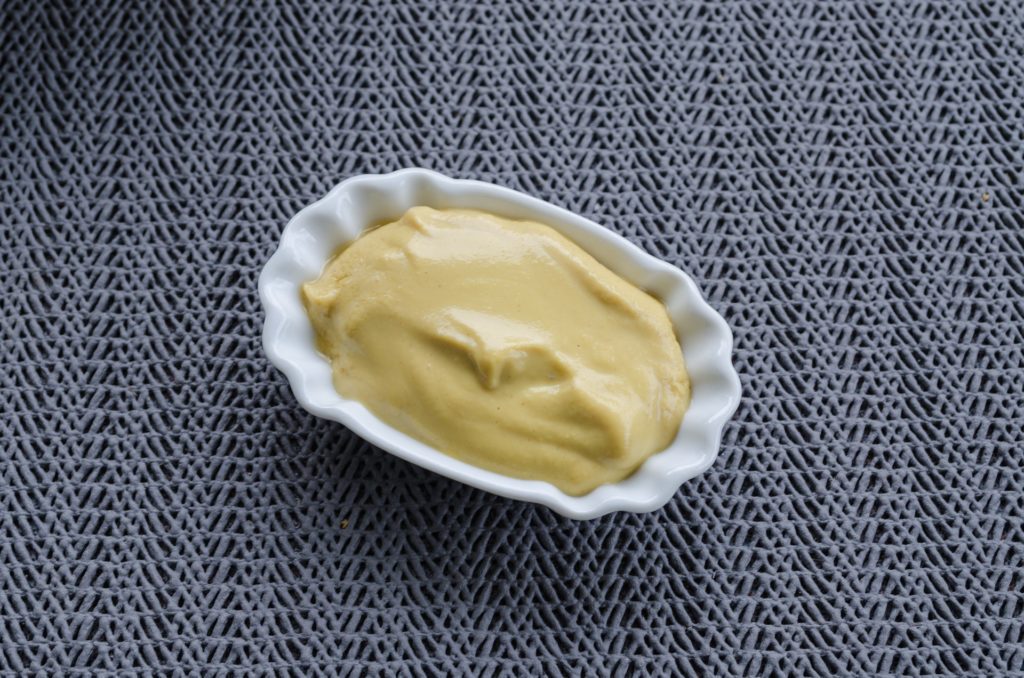
1. Sandwiches and burgers
Homemade mustard is a tasty addition to sandwiches and burgers, adding a spicy and tangy flavor to your favorite meats and vegetables.
2. Roasted vegetables
Mustard is a great marinade for roasted vegetables, adding depth and flavor to your favorite vegetables. Simply mix together some homemade mustard with olive oil and your choice of herbs and spices, then brush the mixture over your vegetables before roasting.
3. Salad dressing
Mustard can be used to create a simple and flavorful salad dressing. Mix together some homemade mustard with olive oil, vinegar, and your choice of herbs and spices to create a delicious dressing for your salads.
4. Glaze for meat
Homemade mustard is a great glaze for meat, such as pork or chicken. Simply mix together some mustard with honey or brown sugar and brush it over your meat before roasting or grilling.
5. Deviled eggs
Mustard is a common ingredient in deviled eggs, adding flavor and tang to the creamy filling. Use homemade mustard in your deviled eggs for a more flavorful and unique twist on the classic party appetizer.
In conclusion, making your own mustard is a simple and rewarding task that allows you to control the ingredients and flavors in your mustard.
Homemade Mustard
Course: AllDifficulty: Easy3
Cups10
minutes40
minutesMaking mustard from scratch is a fun and rewarding project that allows you to control the ingredients and flavors in your mustard. Here is a recipe for homemade mustard:
Ingredients
1/2 cup yellow mustard seeds
1/4 cup brown mustard seeds
1 cup apple cider vinegar
1/2 cup water
1/4 cup honey or sugar
2 tablespoons salt
1 tablespoon turmeric
1 tablespoon paprika
1/2 tablespoon garlic powder (optional)
Directions
- In a small bowl, combine the yellow and brown mustard seeds.
- In a small saucepan, combine the vinegar, water, honey or sugar, salt, turmeric, paprika, and garlic powder (if using). Bring to a boil over medium heat, stirring occasionally.
- Add the mustard seeds to the saucepan and reduce the heat to low. Simmer for 10-15 minutes, stirring occasionally, until the mustard seeds have softened and the mixture has thickened.
- Remove the saucepan from the heat and let the mustard cool for a few minutes.
- Transfer the mustard to a blender or food processor and blend until the desired consistency is reached. If the mustard is too thick, add a little more water or vinegar to thin it out.
- Transfer the mustard to a clean jar or container with a tight-fitting lid. The mustard will continue to thicken as it cools.
- Store the mustard in the refrigerator for up to 6 months.
Notes
- Enjoy your homemade mustard on sandwiches, burgers, hot dogs, and more! You can also try experimenting with different spices and flavors to create your own unique mustard blend.


